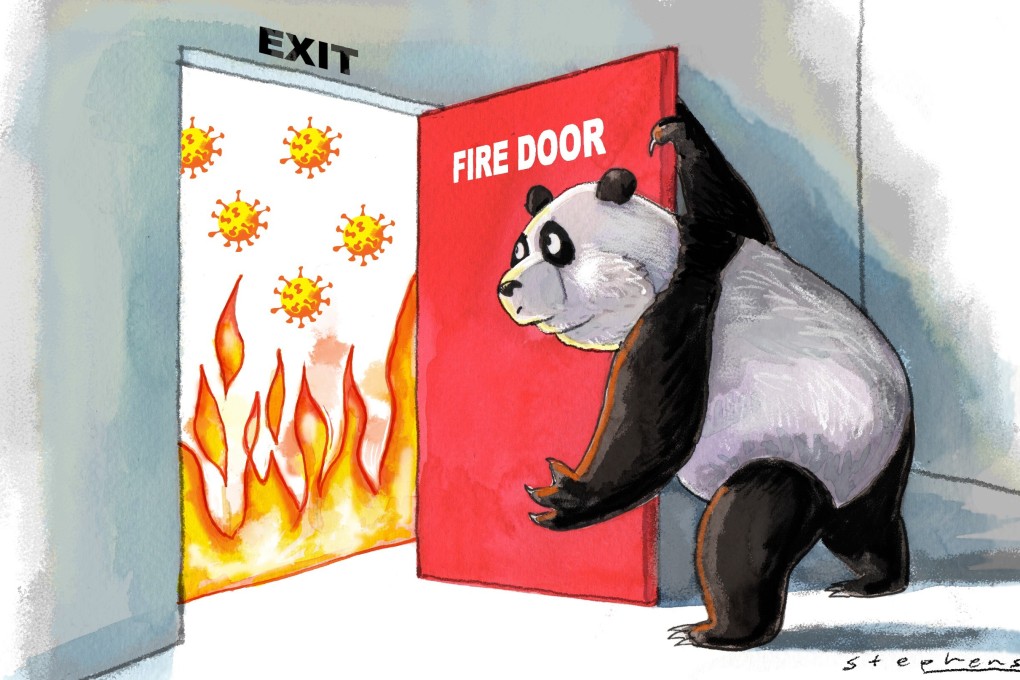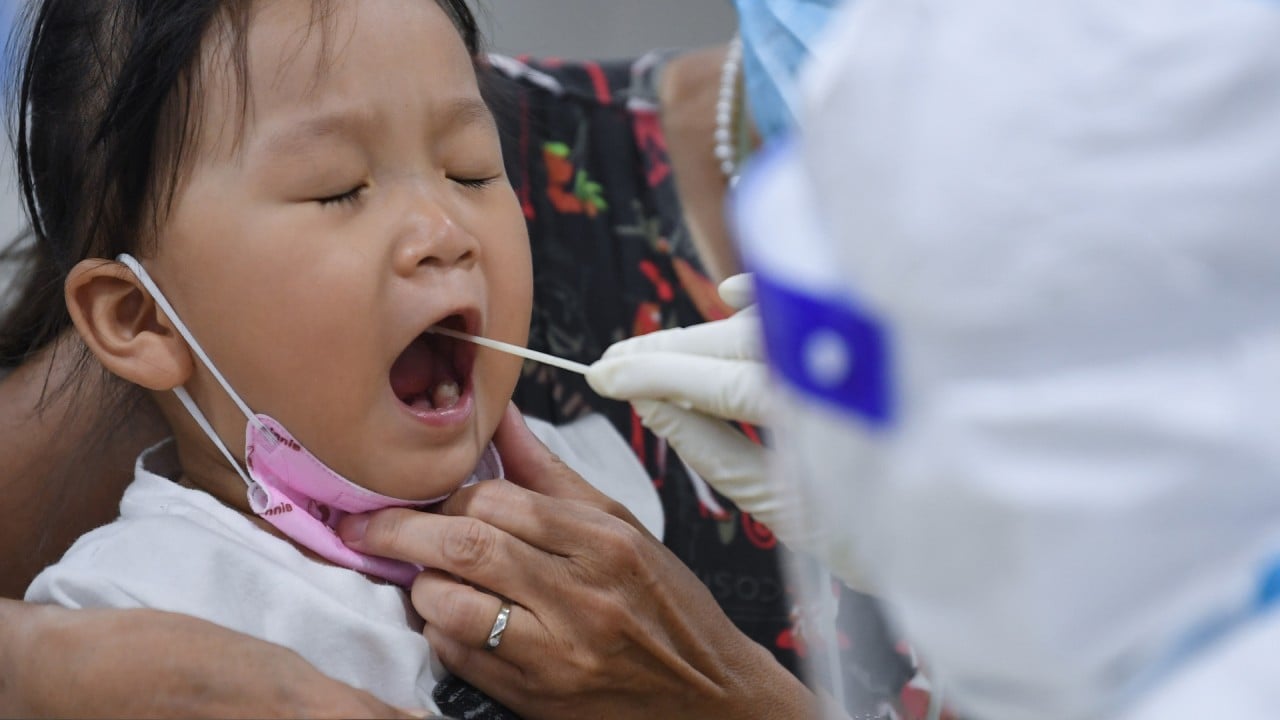Advertisement
Opinion | How China can safely open its borders as it recovers from the coronavirus pandemic
- Quarantine cannot be China’s primary policy instrument against preventing outbreaks of Covid-19
- Apart from facilitating vaccination at home and abroad, China must also boost its public health leadership
Reading Time:3 minutes
Why you can trust SCMP
16

As China moves to reopen its borders with the rest of the world, it faces a difficult choice. So far, the state narrative has been focused on the eradication of Covid-19 as a key indicator of legitimacy. In terms of case/fatality ratios relative to its population size, China has been very successful indeed.
The problem for China is that most of the world has not adopted a similar approach. Instead, most countries have developed a strategy of simply coping with the virus while trying to minimise the economic and social impact.
This means that, as China recovers from the pandemic, it will need to reopen its borders not just to trade and travel, but also to the virus. We are seeing a snapshot of this with the current outbreaks in Guangdong.
So, how does China balance this equation? How does it open up and keep itself safe at the same time? The first element has to be the creation of a firewall against community transmission. While strategies such as quarantines are useful, they are reactive policy instruments. They are what states use when the virus is already present.
As China reopens, the need for such instruments should be reduced to a supporting role rather than a core platform. Put simply, China cannot afford to reopen to the world when all travel into China requires 14- or 21-day quarantine.

02:02
China’s southern Guangdong province in high gear to quash Covid-19 outbreak
China’s southern Guangdong province in high gear to quash Covid-19 outbreak
The only way this can be avoided is through a robust vaccination programme. China has already made a very strong start with its inoculations, but it needs to deepen this across the entire country, especially in the outlying areas where people cross borders without official control and in rural communities where uptake is relatively lower. Vaccinations are essentially just individual firewalls against virus transmission.
Advertisement
